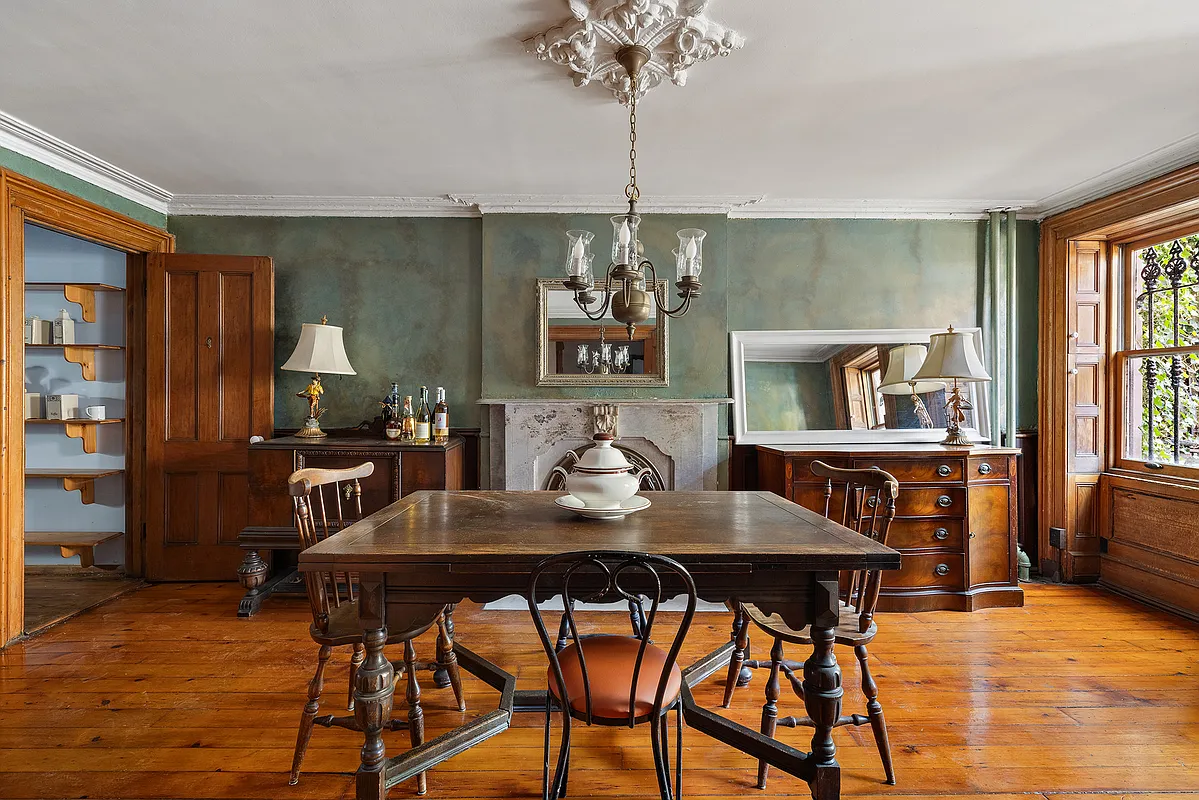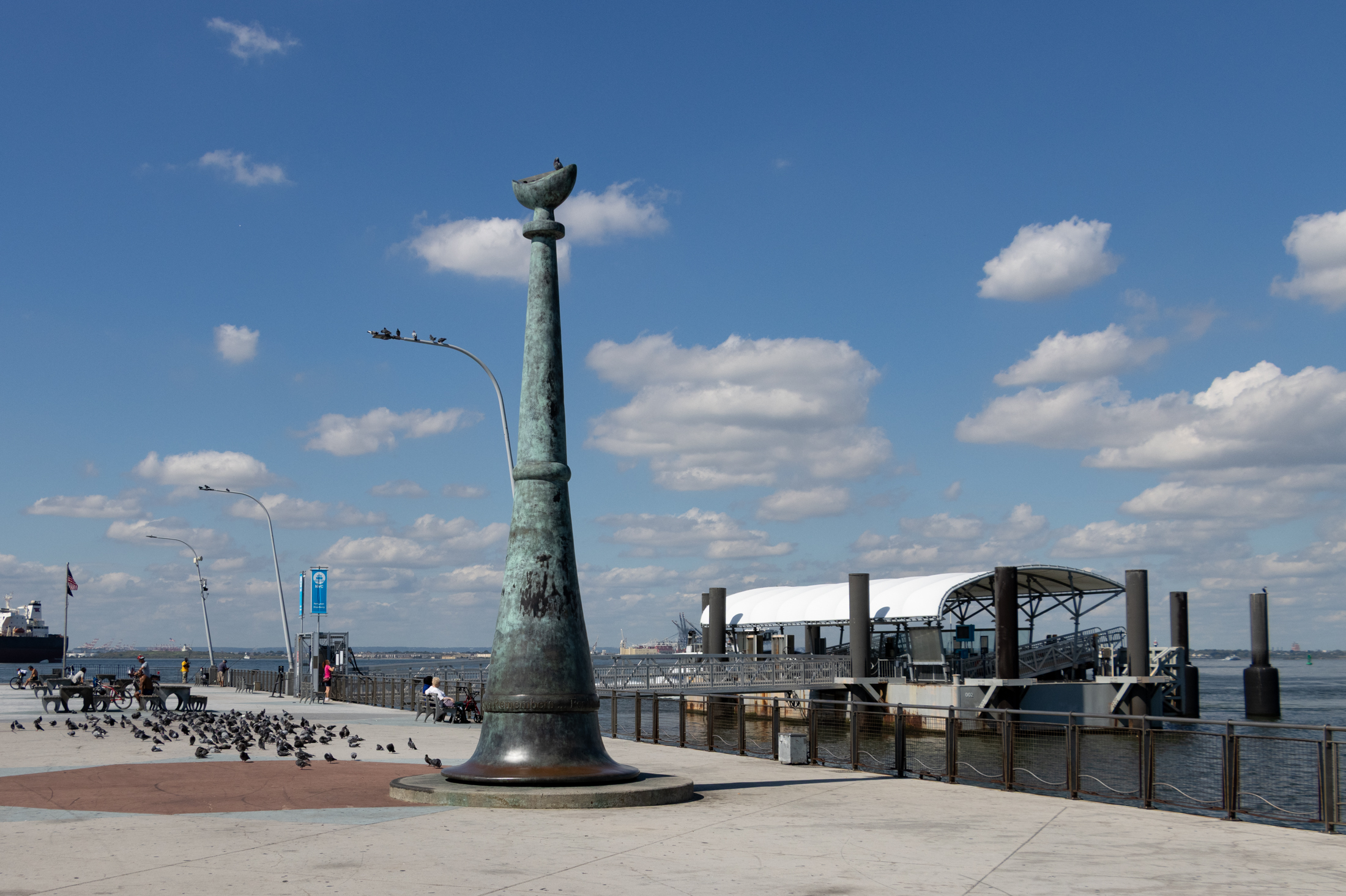House of the Day: 173 Crown Street
This old brick house at 173 Crown Street in Crown Heights hit the market a year ago with Corcoran at an asking price of $799,000; by October the price had been reduced to $649,000. Then early last month, Brown Harris Stevens took over the listing and raised the price back up to $789,000. Last week,…


This old brick house at 173 Crown Street in Crown Heights hit the market a year ago with Corcoran at an asking price of $799,000; by October the price had been reduced to $649,000. Then early last month, Brown Harris Stevens took over the listing and raised the price back up to $789,000. Last week, the price was reduced again to $739,000. Sounds to us like an offer in the high $600’s would get this done. It’s a charming house. Any takers?
173 Crown Street [Brown Harris Stevens] GMAP P*Shark





“That seems unlikely. My house, for example, has two twenty foot exposed front and back walls and two forty-five foot party walls which, for all practical purposes, are perfectly insulated. How could that not be more energy efficient than a free-standing house of the same area? It’s also three stories, on a fairly small footprint. Heat rises. Isn’t it far more energy efficient than a sprawling one story suburban house of the same size?”
Sorry, left the conversation…
No, not really. Not if the “sprawling suburban house” is well-insulated and has an efficient heating system. For one, as you note, heat rises so most of the heat in a 3 story home will zip up to the top floor and you need to crank the heat to keep the ground floor warm enough. You’re average suburban home is just two floors, which is easier to heat. The attic on most suburban homes are also much taller than the “crawl space” attic in a brownstone, and that is MUCH more efficient–so your averge brownstone will have a lot of heat loss through the roof. A standard pitched roof with the insulation on the attic floor is far superior. It really evens out in the end. And your average brownstone is about 3,500 square feet–larger than most free-standing suburban homes.
The problem with JH is that there are no spaces for kids to play. The elementary schools may be getting better, but cannot compare to what we have in Brooklyn. Also, lack of a park and playgrounds beyond Traver’s Green is a BIG limit for those with little people.
Wowza, that dining room looks like an antechamber from a palace of Henry VIII. Lincrusta is cool. Alleys are cool. Passthroughs are cool. Garages, priceless.
I’ve always wondered for whom these smaller homes were built, originally? You also see them in PLG – living room, dining room, small kitchen, three bedrooms upstairs, two usually VERY small, and an English basement (usually renovated to create more space). No maids quarters to speak of.
I looked at a few back in 2002 – prices south of $400 in PLG for the limestone variety. But I had kids and just couldn’t imagine buying a house with such tiny bedrooms when I could get twice the space over in Ditmas Park for around the same price. There are plenty of larger homesin CH and PLG, so there was always the option to have a larger home in these nabes. So? Who were the originally owners of these dollhouses? Lovely, but tiny. Great for couples or singletons.
Probably lincrusta. Can be restored.
i don’t know the block that well, but I will say the day I was there it was exactly as MM described. a very nice block.
“The difference between a well-insulted stand-alone house and a row house is really very neglible–pratically nonexistent”
That seems unlikely. My house, for example, has two twenty foot exposed front and back walls and two forty-five foot party walls which, for all practical purposes, are perfectly insulated. How could that not be more energy efficient than a free-standing house of the same area? It’s also three stories, on a fairly small footprint. Heat rises. Isn’t it far more energy efficient than a sprawling one story suburban house of the same size?
DIBS, I would love to! I could bring my color cards. When is convenient? moparbrownstoner@gmail — I better check my email.
Thanks for the info MM.